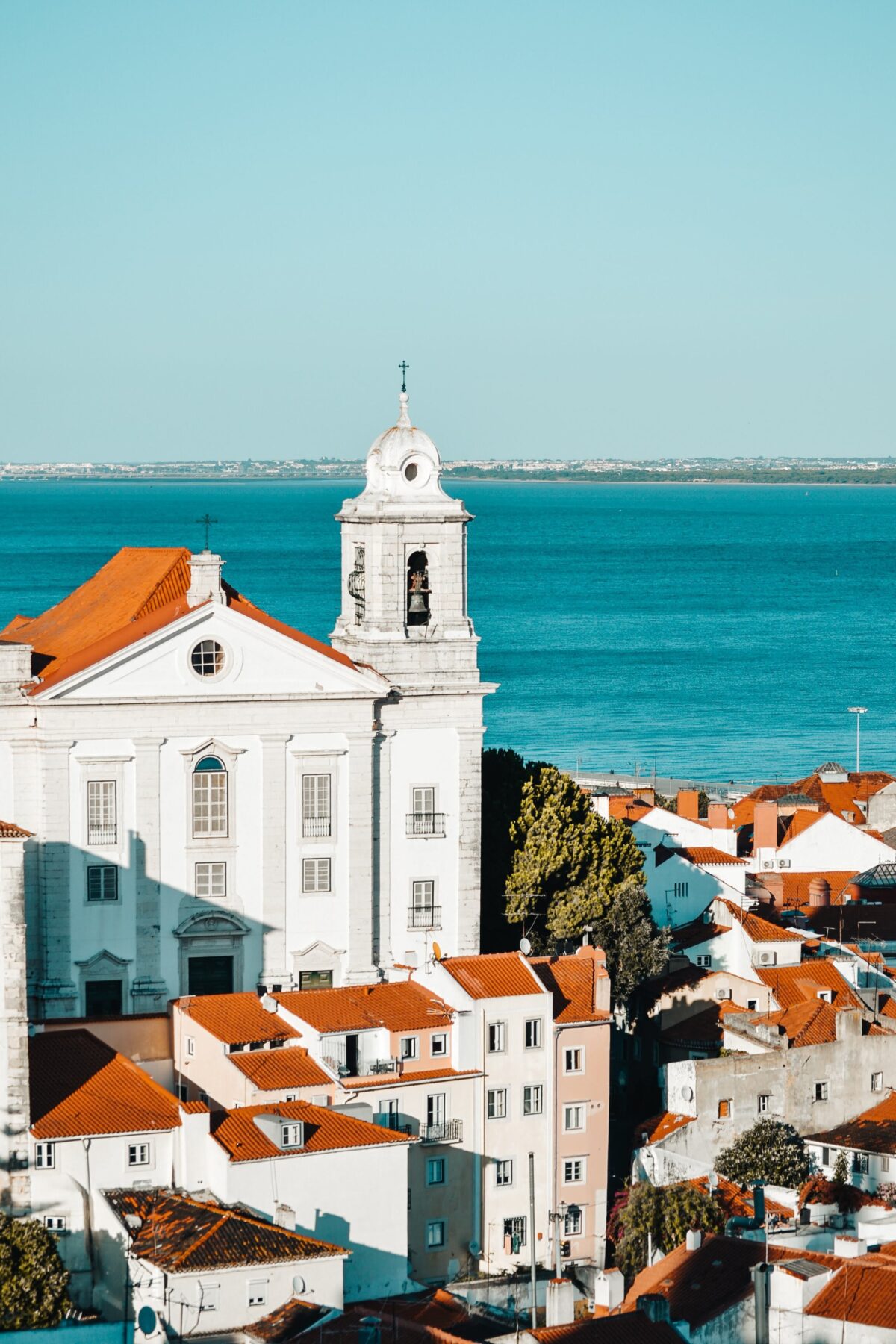Summer Architecture was a Portuguese architectural movement (Arquitectura de veraneio) originating in the Portuguese Riviera, in the late 19th and early 20th centuries. At this time the region had become a popular resort destination for the Portuguese Royal Family and the Portuguese aristocracy. The movement is not characterized by any single architectural style or artistic school but rather unifies by common themes, such as wellness, leisure, exoticism, and heterotopia.
Sea bathing was already becoming popular in Portugal in the mid-1850s. Cascais, with its protected beaches, was attracting tourists from the capital, Lisbon. The numbers increased considerably following the opening of a road to the capital in 1863 which included stagecoach service.
A further stimulus for people to visit Cascais came as a result of the first visit to the town by Queen Maria Pia in September 1867. This was also the year of the completion of a road from Sintra to Cascais in 1868. Sintra is situated in the hills and therefore cooler in the summer. As such, it was a popular summer retreat for the Royal Family and the nobility of Lisbon.
The Portuguese Riviera, the coastal region west of the capital of Lisbon, centered on the cities of Cascais, Sintra, and Oeiras, became a resort destination in the 1870s when King Luís I of Portugal began spending his summers at the Palácio da Cidadela in Cascais
A development boom ensued along the coast, accompanied by the construction of the Cascais railway and the Sintra railway. This resulted in the building of palaces, estates, and chalets of Lisbon’s aristocracy for use in the summer. The movement’s proliferation in the Portuguese Riviera influenced architectural and stylistic tastes across Portugal’s other coastal regions, namely Figueira da Foz and Foz do Douro. The Palácio do Conde de Castro Guimarães used a Revivalist approach that included Neo-romanticism, Neo-Gothic, Neo-Manueline and Neo-Moorish styles.
In time, rich businessmen-built summer houses, including Jorge O’Neil, a tobacco baron, and Henrique de Sommer, who became Portugal’s leading cement producer. The design of the new houses was rather different from the houses owned by the nobility in Lisbon and came to be referred to as “summer architecture.” They were eclectic, both in their individual designs and in the wide range of architectural styles chosen by the owners. They aimed for a high level of external from England and the Portuguese Raul Lino, who designed about 700 projects in his lifetime. He developed and idealized the concept of “A Casa Portuguesa” or the Portuguese House. Styles used included Italianate, Swiss chalet style, English Gothic, Louis XII style, and neoclassical.
Following the overthrow of the monarchy in 1910, there was not the same imperative for affluent citizens of Lisbon to be in Cascais every September. Nevertheless, the building of exotic summer houses continued and extended to neighboring Estoril, which was becoming a popular resort area and opened a casino in 1916.
Summer architecture may have begun in Portugal, but it has permeated throughout the world. There are many spectacular places abroad to consider having a summer home. Here are a few:
- Barcelona, Spain
- Bergen, Norway
- Oranjestad, Aruba
- Dubrovnik, Croatia
- Tuscany, Italy
- South of France; Cannes, Nice, Monaco
- Mykonos, Greece
- Maldives
Here are a few destinations in the United States to have a summer residence:
- Martha’s Vineyard, Massachusetts
- Hamptons, New York
- Telluride, Colorado
- Maui, Hawaii
- Naples, Florida
- Lake Tahoe
At Scarano Architect, PLLC we specialize in the design of unique summer vacation homes. Visit our website to see some of our award-winning designs.


